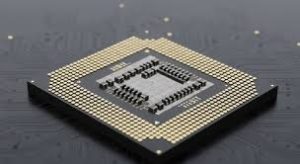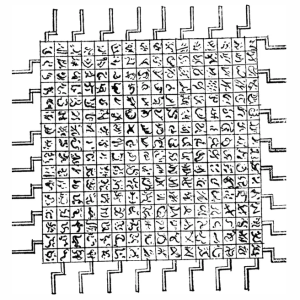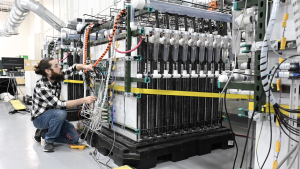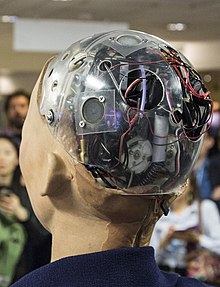“Innovative Battery”
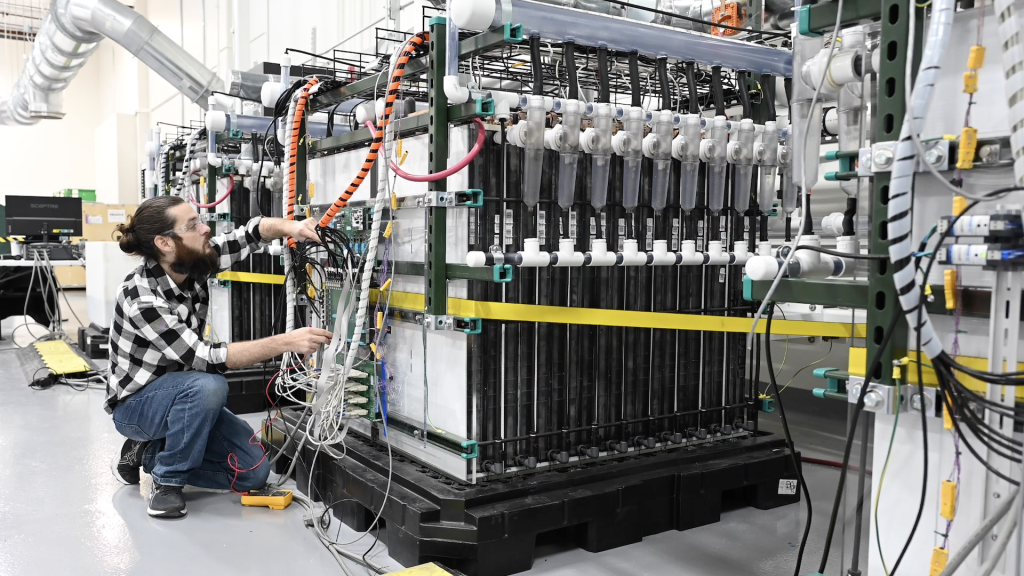
Photo from PBS.org: An electrical engineer works on Form Energy's 2022 battery module in the company's lab in Berkeley, California. Image courtesy of Form Energy
By Scott Hamilton
I just read about a supposedly new battery technology developed in the Netherlands. The battery operates off of the principles of rust in iron. Who would have ever guessed that the rust processes of iron, which is the combining of iron and oxygen, actually produces a reasonable amount of electricity? I, for one, should have figured this out from extensive studies of Edison’s iron battery. You see his battery worked off of the same principles, but with a slightly different approach. I have written in the past about Edison batteries and how they not only lasted for hundreds of years, but also improved over time. With the Edison battery, as the iron oxides (the official term for rusting) and then is freed from the oxygen repeatedly, the iron ions flow more freely and the iron gets faster and more efficient at rusting and de-rusting.
A group in the Netherlands claims to have discovered a new battery technology termed an Iron-Air battery, which works off of the same idea, but instead of using an electrolyte compound to cause the iron oxidation, they discovered a way to just use air and the natural rusting process of iron. Form Energy in the U.S. is also developing a similar technology, but the Netherlands has beaten them to the punch with connecting the first Iron-Air batteries to their national electrical grid.
As more and more renewable resources (wind, solar, hydro) are added to the electric grid, the ability to store this energy becomes ever more important. If we are ever to expect to reach a point of 100 percent renewable energy we have to vastly improve the battery technology. The current best battery technology is the Lithium-Ion batteries, which really are not all that useful for grid level energy storage. The problem they have is that they can only store electricity for a few hours. So we have really reached an impasse when it comes to grid level power storage. I have written about a few options over the last year, but so far there is no clear winning technology.
Among the top contenders are gravity batteries, which have technically been in use for decades in the form of water reservoirs being used to store energy by pumping water into lakes at the top of a mountain and draining the lakes to generate electricity, then renewable energy resources pump the same water back up the mountain. They are around 95 percent efficient compared to an 89 percent efficiency in lithium-ion batteries and around 75 percent with Edison batteries. I would have said gravity batteries are a strong contender, that is, until I learned about these new iron-air batteries.
Ore Energy of the Netherlands pioneered these long-duration iron-air batteries and connected them to the electric grid in the city of Delft. Aytac Yilmaz, co-founder and CEO explains that “when the battery discharges, iron oxidizes and forms a special type of rust. This rust can be turned back into metallic iron via passing an electric current through it in the proper way. The crazy part was the core technology was developed for electric vehicle batteries in the 1960s. The limited market demand at the time put product development on the back shelf.
So there are three big advantages to the iron-air technology over existing batteries. The first is the peak storage length is much greater, at hundreds of hours versus four to eight hours with Lithium batteries. The second is the battery chemistry does not depend on scarce or flammable materials. Third it does not rely on any rare earth elements but only abundantly available and recyclable iron. The biggest problem with the technology is, in my opinion, the main reason the Edison battery failed. These batteries not only have a long charge capacity and are relatively inexpensive to build, but they can last for generations. This means that there is a limited demand for the product.
Imagine you invent something that can last hundreds of years without the need for replacement and only minor maintenance; eventually everyone that wants or needs one will have one and you will be out of business. I fear that this technology will face a similar fate. You see, though the technology is ready and the manufacturing process is known and repeatable, there is no standardized way to value or purchase the technology. The problem lies in the government support of such technology. Yilmaz is quoted as saying, “But we also need market mechanisms – tenders, incentives, recognition of long-duration storage in energy planning. If regulation catches up, and the market embraces this technology, 50 GW is realistic.”
Yilmaz is facing the same classical problems that Edison faced with his batteries, they were sold to the telegraph companies and once all the telegraphs were powered and no new lines were being placed, the market fell and he stopped production of the battery. Some of his original batteries are still in use today powering samples of the telegraph technology and in demonstrations at museums. A couple of years ago a company named Iron-Edison attempted to produce his batteries again and ran into exactly the same problem, They had to price the product too high for it to be affordable to make it worth producing and as a result sold very few batteries and ended operations. I sincerely hope that Ore Energy is able to come up with a plan to make the technology business worthy. Until next week, stay safe and learn something new.
Scott Hamilton is an Expert in Emerging Technologies at ATOS and can be reached with questions and comments via email to shamilton@techshepherd.org or through his website at https://www.techshepherd.org.


